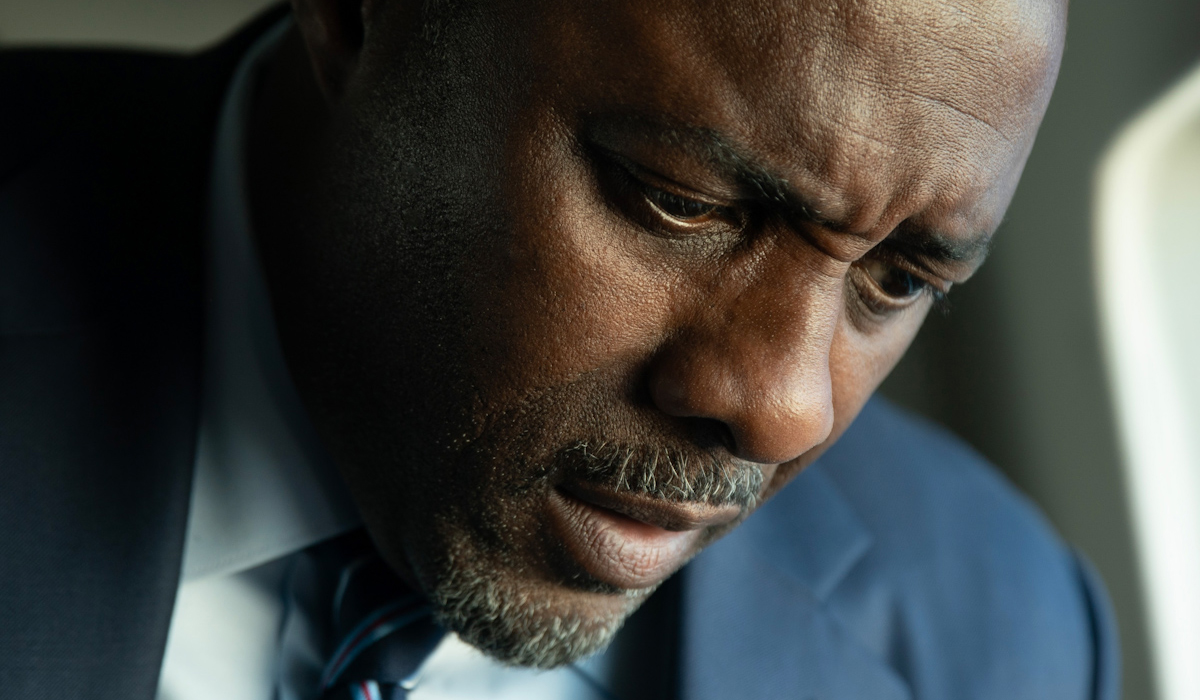A House of Dynamite
A House of Dynamite succeeds as a piece of exploratory journalism but fails as a drama.
The film treats its subject like a dossier, digging through documents and interviews with a clear-eyed curiosity. That approach yields moments of genuine discovery, the kind that stick in the mind long after the credits roll. Those investigative beats are the movie’s oxygen.
Where it falls short is in the dramatic machinery that should carry those discoveries. Characters feel like conduits for information rather than people with messy inner lives, and the emotional arcs never quite land. The result is a restless structure that keeps the viewer interested but rarely moved.
Stylistically, the filmmakers favor a clean, clinical aesthetic that suits the reporting impulse. Visuals support the fact-gathering: archival footage, close-ups of documents, and interview setups that make the process feel urgent. That clarity is a virtue when the goal is to inform.
But drama thrives on conflict that transforms characters, and the film mostly documents rather than transforms. Scenes resolve into answers, not consequences, leaving a narrative imbalance. Drama needs human stakes, not just revelations.
The pacing mirrors that split purpose, alternating brisk investigative sequences with lagging dramatic set pieces. The investigation sections sprint forward with momentum, while the attempts at tension bog down in exposition. That jagged tempo makes the film feel uneven.
The performances are competent but constrained by the script’s priorities. Actors deliver lines with conviction, yet opportunities for nuance are often sacrificed to keep the story moving. As a result, viewers get portraits, not fully realized people.
For audiences who love unpacking systems and timelines, the film offers rich rewards. It assembles disparate fragments into a coherent sequence that clarifies complex events. Those explanatory strengths are where the film is hardest to fault.
At the same time, viewers seeking a conventional emotional throughline may find little to latch onto. The movie’s heart is its head; it thinks its way through problems more than it feels them. That choice will divide tastes, and it should be clear from the outset what kind of experience to expect.
Cinematically, there are smart touches: deliberate reframing, rhythmic editing, and a sound design that foregrounds detail over spectacle. These choices reinforce the piece’s documentary sensibility and keep the focus on evidence. Technical craft rarely undermines the film’s journalistic aims.
What the film gains in clarity it loses in dramatic payoff, and that trade-off is the production’s central tension. It teaches and exposes but rarely inhabits the emotional lives of its subjects. Viewers who prize accountability will appreciate its rigor even if they wish it had more heart.
Ultimately, this is a movie that excels when it functions like a report and stumbles when it attempts a conventional narrative. Its best scenes are those that let the material speak with minimal theatrical dressing. That honesty is both its strength and its limitation.
Thinking of the film as a deep-dive report instead of a character-driven drama makes the experience more satisfying. Accepting that framing allows the investigative triumphs to shine without expecting emotional catharsis. In that mode, the film does what it sets out to do, even if it stops short of being great drama.

